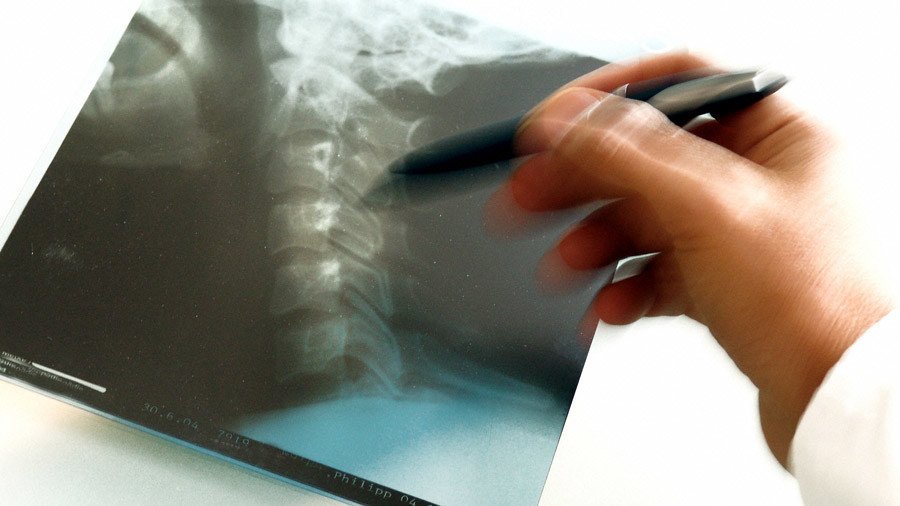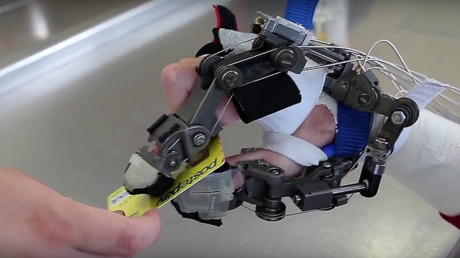Fish genes may unlock secret to curing paralysis in humans – study

New research indicates that the key to repairing severe spinal trauma and nerve damage in humans may be found in an unlikely source: the lamprey.
Lampreys are jawless invertebrate fish which share a common ancestor with humans dating back approximately 550 million years. The fish are capable of recovering from a severed spinal cord without outside intervention, allowing them to bounce back from paralysis in a matter of weeks.
Scientists now say the genes involved in lampreys’ natural regeneration following spinal trauma are also present in humans and other mammals, according to research by the Marine Biological Laboratory (MBL) and several other institutions.
"We found a large overlap with the hub of transcription factors that are driving regeneration in the mammalian peripheral nervous system," says Jennifer Morgan, director of the MBL's Eugene Bell Center for Regenerative Biology and Tissue Engineering, one of the authors of the study published this week in Scientific Reports.
Neurosurgeon gets life in prison for botched surgeries https://t.co/7jpPI39MAepic.twitter.com/2SeAYrFgsR
— RT America (@RT_America) February 21, 2017
The researchers took multiple samples from the lampreys' brains and spinal cords starting within the first few hours after a traumatic injury and continuing up to three months after, when they were fully healed.
"Scientists have known for many years that the lamprey achieves spontaneous recovery from spinal cord injury, but we have not known the molecular recipe that accompanies and supports this remarkable capacity," says Ona Bloom of the Feinstein Institute for Medical Research.
"In this study, we have determined all the genes that change during the time course of recovery and now that we have that information, we can use it to test if specific pathways are actually essential to the process," Bloom added.
The team discovered the key role played by the Wnt signaling pathway in spinal cord regeneration, a revelation which could open the door for future, more targeted research into spinal injuries and how to treat them.
"Furthermore, when we treated the animals with a drug that inhibits the Wnt signaling pathway, the animals never recovered their ability to swim,” says Morgan.
World's first human head transplant successfully carried out – on a corpse https://t.co/vSHugb8eWB
— RT (@RT_com) November 17, 2017














